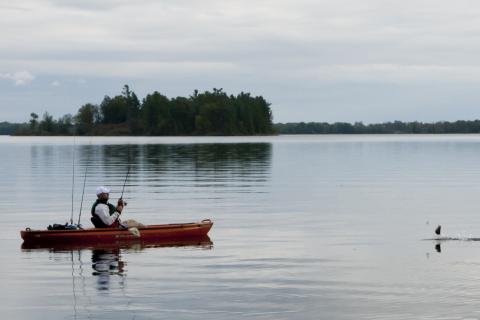
A Kayak has Many Perks for Fishing Bass
Being able to access remote waters and sneak-up on fish are particularly advantageous. But, even on secluded lakes teeming with bass, the fish don’t always make it easy. Some days you need to coax them with finesse tactics. Here are three reliable jig presentations to throw from a kayak.
The Ned Rig and Other Finesse Plastics
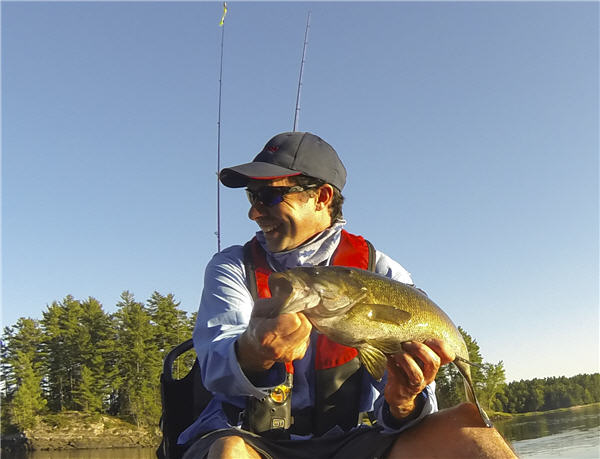
Few presentations are as red hot on the bass scene as the Ned rig. The fishing presentation consists of a 2.5” to 3” stick worm rigged on a mushroom-style jig head. Of course, anglers can experiment with minnows, creatures, craws, and other finesse profiles (see bait recommendations below).
Tip: You'll catch more fish when your rig and gear are matched to the presentation - Shop the Ned Rig Gear here
It’s best to fish the Ned rig on as light of a jig head as possible. In shallow water, I typically use a 1/20- or 1/15-ounce Z-Man Finesse ShroomZ JigheadZ. Going light gives the bait an alluring, slow fall that drives bass wild. It also makes the jig less apt to bury deep in snags, reducing hang-ups, which is always a bonus when kayak fishing.
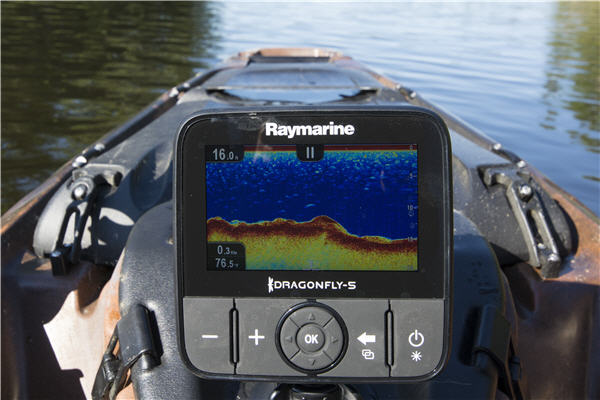
The Ned rig is ideal for fishing rivers, especially small, skinny-water ones. Make a series of short casts to cover water, like sand bars, riprap banks, or shallow flats. It’s just as effective when cast at specific targets where bass lurk, like an eddy, current seam, boulder, log, point or grass line.
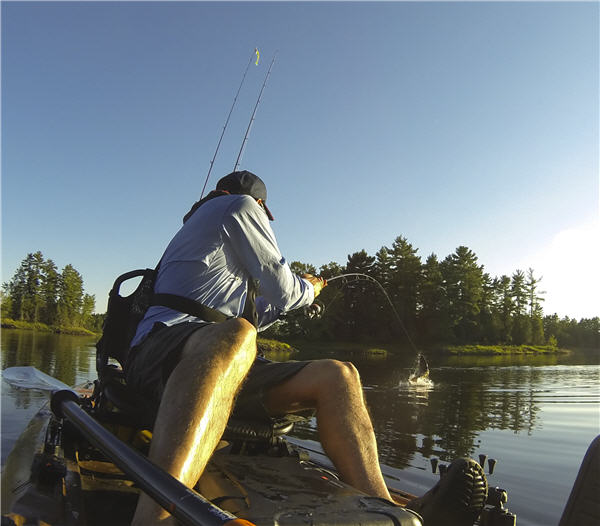
There are many ways to retrieve a Ned rig from a kayak. I like slowly reeling it a couple of inches then shaking the rod as it glides and sinks. Casting it on a 45-degree angle and then shaking it as it drifts downstream is also deadly. Getting the bait on the bottom and using a shake-pull-pause retrieve will also make bass bite.
Tip: Use this PDF handout for more Ned rig tips and tackle from ZMan Fishing.
Extra Tip: I’m partial to Z-Man’s 2.75” Finesse TRD, 3” Z-Man TRD HogZ and 4” Z-Man Hula StickZ. Z-Man’s ElaZtech material is super durable. I can fish an entire day with one bait, and that means less tackle in my kayak, which is a good thing.
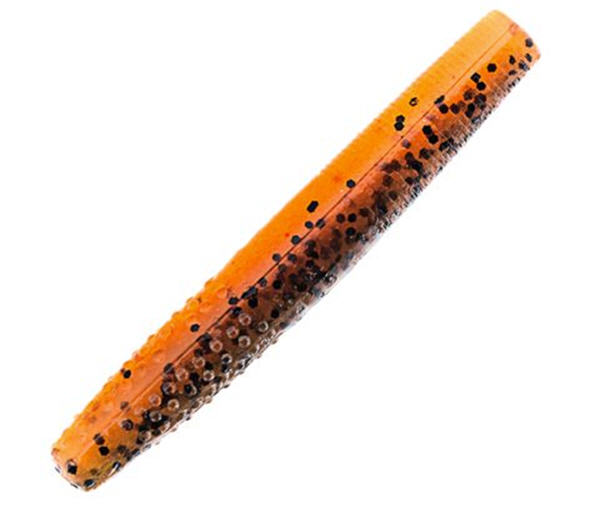
Other options include the Bass Pro Shops 3” Stick-O Worm and 3-1/4” Hustle Bug, Jackall Yammy Fish, Roboworm Ned Worm, and Gene Larew Ned Rig Inch Worm. Bass Pro Shops Shroom Heads and Mustad Grip-Pin are other jig head options.
Fishing a Tubular Bait

Years ago, I was researching a story on finesse bass baits, and several pro anglers mentioned small tube jigs. I’ve never been accused of not listening to experts, so I heeded their advice and began fishing 2-3/4” Bass Pro Shops Teaser Tubes and Strike King Bitsy Tubes and have had great results. You can get pretty creative with a tube because it’s so versatile.
Fishing a tube is straightforward and easy from a seated position in a kayak. Dragging and shaking a bait along bottom mixed with pauses mimics a crayfish.
Another trick is snapping a tube, then letting it fall on a slackline. This assertive approach works well for prospecting shorelines, flats, points, and creek channels. Swimming and popping a tube is also deadly around clumps of sparse grass.
Experiment with jig head weight and don’t be shy to fish heavy, like 3/8-ounce. A fast fall can get the bass’ attention. A heavy tube will also stir up plenty of silt and muck off the bottom, which helps attract bass. Then there are times when a slow fall from a 1/8-ounce jig is better. Mix it up and let the bass tell you what they like best.
Extra Tip: Skip-casting a tube bait is a skill worth learning. Being low to the water in a kayak makes it more comfortable, and the overall goal is to use a sidearm cast, releasing the jig low and parallel to the water’s surface. Skipping is a great way to get a tube bait under a dock, lay down, or another piece of overhanging cover. But, even in open-water, a tube skipping across the water resembles a fleeing baitfish. This subtle disturbance rarely spooks bass and often attracts them.
You Can Always Bet on a Bucktail Jig

Tune into the freshwater fishing scene, and you’ll note bucktail jigs are back. Some of you reading may ask, “When did they go away?” It’s true, bucktail jigs have been around for a very long time and remain popular in some circles. But, not everyone is aware of how great these jigs are at catching bass.
Kayak anglers can expect good results with the Bass Pro Shops XPS Bucktail Jig and VMC’s Bucktail Jig. Black, brown, olive, and yellow perch are reliable patterns. But, don’t write-off white or white-chartreuse in stained water or when many bass are foraging on shad or other baitfish.

natural bucktail on an oval head for a
lifelike, full-bodied appearance
Making a long cast with a 1/8-ounce black or brown bucktail and then slowly reeling it is an excellent clear-water tactic for fussy bass. Depending on depth and fish position, you may need to countdown the bait to specific water depth.
Another can’t-miss presentation is working a 1/4- or 3/8-ounce bucktail jig along the bottom. Good retrieves include a drag-shake-pause, a hop-swim-drop or a hard-rip-fall. Deadsticking a jig on the bottom and letting the hairs dance in the current is a sight even lock-jawed bass can’t resist. This approach is best when you’ve seen bass shallow or marked them deep using a fish finder.
Extra Tip: Bulk-up a bucktail jig and give it a different profile by threading on a small minnow, leech or crayfish plastic as a trailer. Use a scent-loaded soft bait for even more appeal.

Extra Tip: Honorable mention: while not a jig, a wacky or Neko rigged stick bait, like a 4-1/4” or 5-3/8” Bass Pro Shops Stik-O Worm is another must-have finesse presentation when kayak fishing for bass.
Quick Link to: Bass Pro Shops 4-1/4” Stik-O Worm
Quick Link to: Bass Pro Shops 5-3/8” Stik-O Worm
Don’t go kayak fishing for bass without these three finesse jig options. Each one fishes well on a 6’6” to 7’ medium-light to a medium spinning rod with either 6- to 8-pound fluorocarbon or monofilament or 10 to 15-pound braid fishing line with an 8- to 12-pound fluorocarbon leader.
- 5835 views

